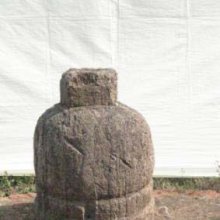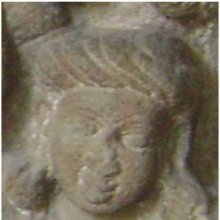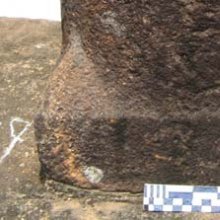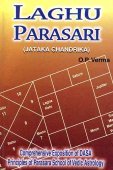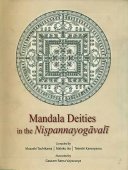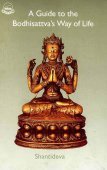Short: 1 definition
Introduction:
Short means something in Hinduism, Sanskrit. If you want to know the exact meaning, history, etymology or English translation of this term then check out the descriptions on this page. Add your comment or reference to a book if you want to contribute to this summary article.
Images (photo gallery)
(+34 more images available)
In Hinduism
Yoga (school of philosophy)
Source: ORA: Amanaska (king of all yogas): A Critical Edition and Annotated Translation by Jason Birch(That which is) Short is denoted by the Sanskrit term Hrasva (as opposed to Ahrasva—‘not short’), according to the Bṛhadāraṇyikopaniṣat 3.8.6.—Accordingly, while describing the absolute nature of Brahma: “Gārgi said, ‘Yājñavalkya, that which is above the sky, below the earth, between the two and called [past, present and future], is stitched and cross-stitched in what?’ Yājñavalkya said, ‘Gārgi, the Brahmins call that very [thing] the imperishable one. [e.g., It is not short (anaṇu) [...]’”.

Yoga is originally considered a branch of Hindu philosophy (astika), but both ancient and modern Yoga combine the physical, mental and spiritual. Yoga teaches various physical techniques also known as āsanas (postures), used for various purposes (eg., meditation, contemplation, relaxation).
See also (Relevant definitions)
Starts with: Short dune grass, Short height, Short ragweed, Short sedge, Short tree, Short-awn porcupine grass, Short-beak sedge, Short-day asparagus pea, Short-leaved panic, Short-petalled artabotrys, Short-rayed alkali aster, Shorta, Shortfruit evening primrose, Shortleaf fig, Shortleaf panic grass, Shortstyle onion.
Query error!
Full-text (+3963): Hrasva, Candataka, Laghu, Calanaka, Vamana, Acira, Aguru, Ardhoruka, Alpa, Sutra, Samkshipta, Akhyanaka, Alpayus, Alpadrishti, Svalpa, Ambukantaka, Anudruta, Hrasvakarna, Matra, Repha.
Relevant text
Search found 554 books and stories containing Short; (plurals include: Shorts). You can also click to the full overview containing English textual excerpts. Below are direct links for the most relevant articles:
Pallava period (Social and Cultural History) (by S. Krishnamurthy)
Dressing style of warriors and dancers < [Chapter 4 - Material Culture of the People]
Dressing style of Children < [Chapter 4 - Material Culture of the People]
Conclusion (Material Culture) < [Chapter 5 - Conclusion]
Rasa Jala Nidhi, vol 4: Iatrochemistry (by Bhudeb Mookerjee)
Treatment for fever (17): Parvati-sankara rasa < [Chapter II - Fever (jvara)]
Treatment for fever (22): Nava-jvarebha-simha rasa < [Chapter II - Fever (jvara)]
Treatment for fever (18): Navajvarankusa rasa < [Chapter II - Fever (jvara)]
The Bhikkhus Rules (by Bhikkhu Ariyesako)
A Womans View < [Appendix D]
Ordination In South East Asia < [Part Two]
Destroying Vegetation < [Chapter 1 - Harmlessness]
Our Children < [July – September, 1997]
Our Children < [April – June, 1998]
A Light was Lit < [August 1948]
Cosmetics, Costumes and Ornaments in Ancient India (by Remadevi. O.)
2.18. Dressing on the Basis of Profession < [Chapter 2 - Costumes]
2.2. Lower Garments (b): Caṇḍātaka (under-garment) < [Chapter 2 - Costumes]
2.1. Upper Garments (f): Kañcuka (tailored garment) < [Chapter 2 - Costumes]
Kavyamimamsa of Rajasekhara (Study) (by Debabrata Barai)
Part 2.5 - Genesis of Rīti, Vṛtti and Pravṛtti < [Chapter 5 - Analyasis and Interpretations of the Kāvyamīmāṃsā]
Part 7 - Kāvyālaṃkāra of Rudraṭa < [Chapter 2 - A General Outlines of Sanskrit Poetics]
Part 6.1b - Anyayoni (1): Pratibimbakalpa < [Chapter 5 - Analyasis and Interpretations of the Kāvyamīmāṃsā]
Related products
(+14 more products available)

